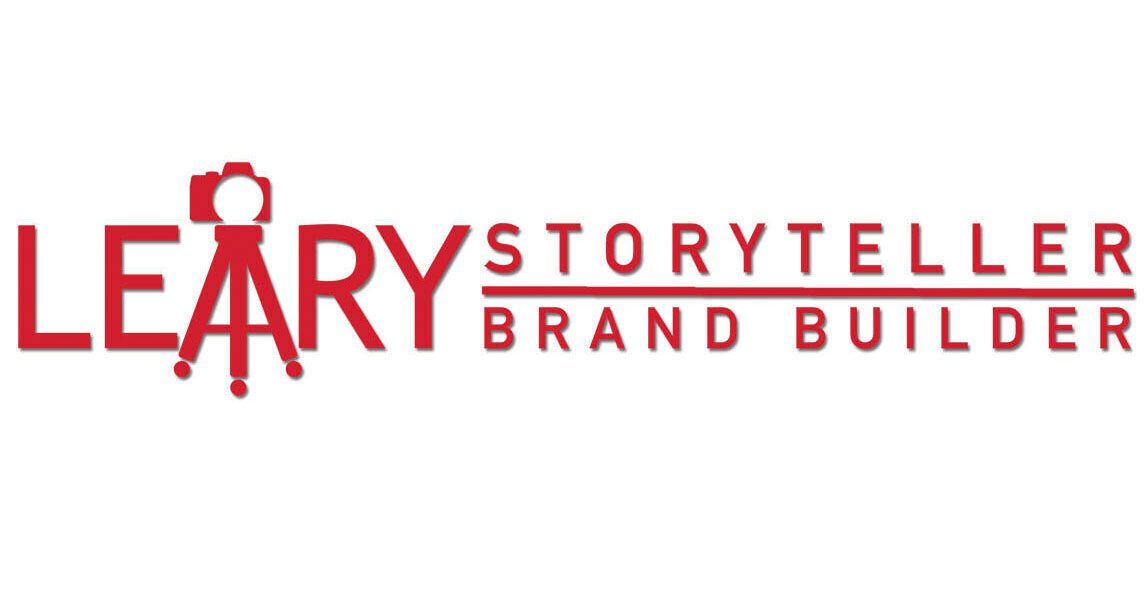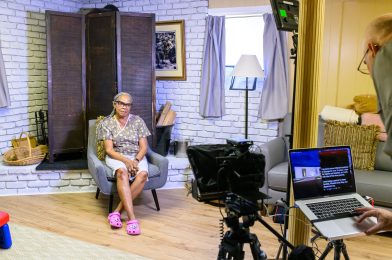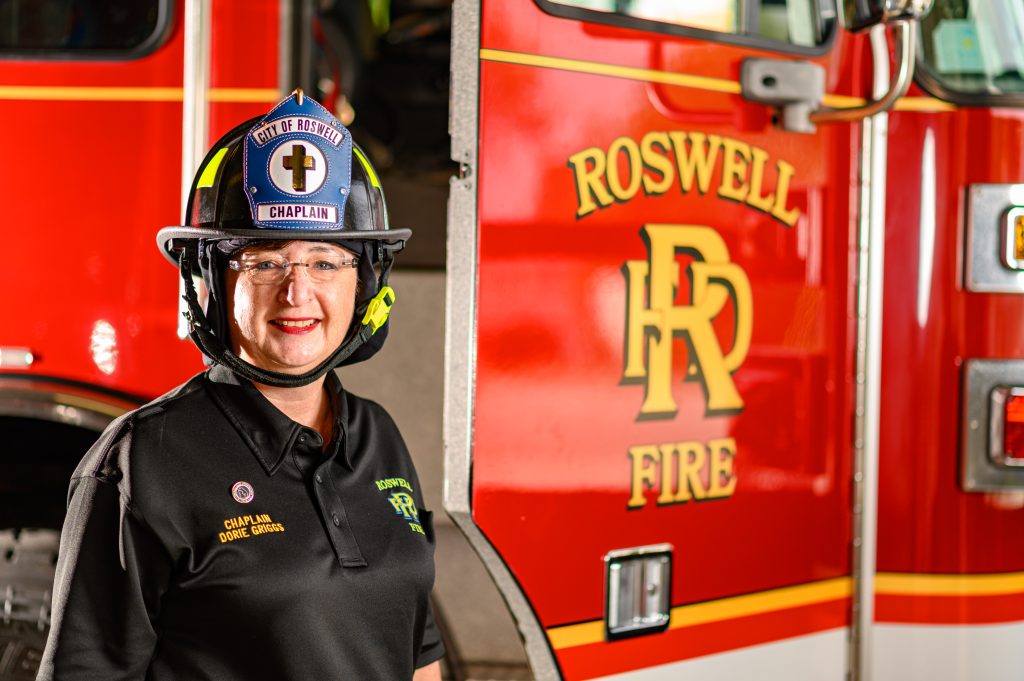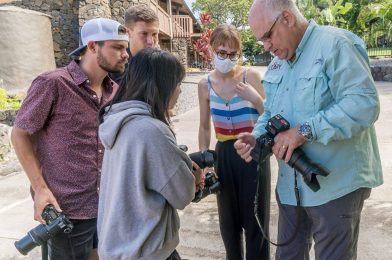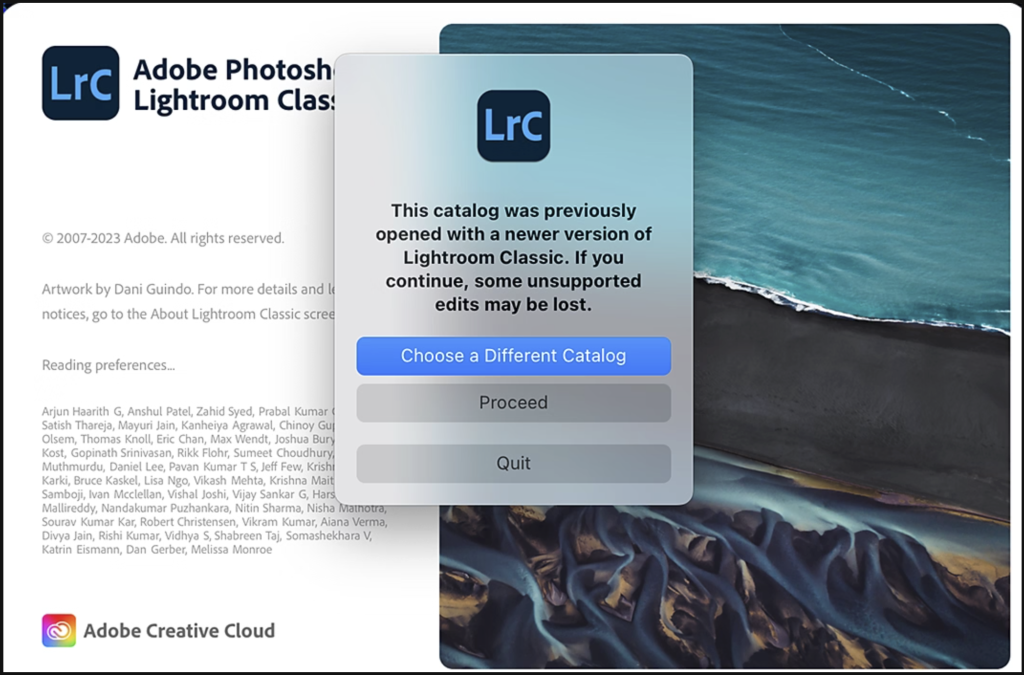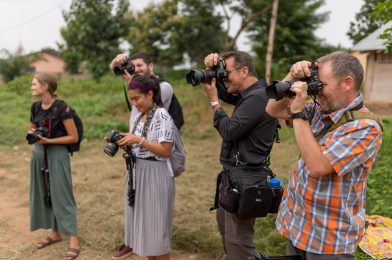It’s been encouraging to see so many of you take what I’ve shared in my newsletters and blog posts and put it into action. You’re telling the stories of the people you’re helping, highlighting the impact your organization is making, and painting a picture of transformation.
That’s storytelling—and you’re stepping into it beautifully.
But here’s the next step.
You still do all the talking, and I see much of what you do. You’re narrating the story, describing the impact, telling us what happened. And while that’s valuable, something critical is missing:
We’re not hearing from the person whose life was changed.
No quotes.
No video clips.
No audio snippets.
Just your summary of their story.
And here’s the thing: when it comes to authentic storytelling, hearing the characters’ actual voices—whether that’s through a written quote, audio, or video—makes all the difference.
Why Their Voice Matters
Real, authentic storytelling happens when we hear people share their own experience in their own words. When someone says, “I didn’t know how I was going to get through that week, but then your team showed up,” it lands in a way no third-person narration ever could.
Quotes bring clarity.
Audio brings tone.
Video brings emotion.
It’s not that you shouldn’t tell the story—it’s that you shouldn’t be the only one telling it.
Letting the person you helped speak for themselves shows authenticity, builds trust, and puts the spotlight where it belongs: on the human being whose life was changed, not just the organization that helped.
And the best part? You don’t need fancy gear to do this.
How to Add Authentic Voice—With Just Your Smartphone
You’ve already got everything you need in your pocket. Here’s how to make it happen:
1. Record a Short Audio or Video Clip
Ask the person to share part of their story using your phone and just 30–60 seconds of their voice talking about what they experienced before, during, or after your help is powerful.
2. Capture Great Quotes
If recording isn’t possible, jot down a few powerful things they say. Use their exact words. Let that quote be the heartbeat of your written story.
3. Ask Open-Ended Questions
Prompt them with questions like:
- “What was life like before this?”
- “How did you feel in that moment?”
- “What changed for you?”
These open doors to honest, emotional responses.
4. Share It Everywhere
- Add the quote or clip to your blog post.
- Embed the video or audio in your email newsletter.
- Post the clip to YouTube (public or unlisted) and include the link.
- Use it as a reel or short on social media to connect with even more people.
5. Don’t Worry About Perfection
Raw and honest content often connects more than polished productions. People don’t expect a documentary—they want to see and hear someone who sounds real.
It’s Not Either/Or—It’s Both
You should keep telling stories. Context is essential, and your perspective is helpful. But the most potent storytelling happens when your voice sets the stage and the other person’s voice brings it to life.
So next time you’re writing a newsletter or blog post, ask yourself:
“Where’s their voice in this?”
Adding a quote or a short video clip—even one captured on the fly—can transform your message from informative to unforgettable.
Do you need help putting it all together? I help organizations like yours craft authentic stories that move people to action. Let’s talk.
